English L2 connectives in academic bilingual discourse: a longitudinal computerised analysis of a learner corpus
Palabras clave:
connectives, English L2, CLIL, historical literacy, Coh-MetrixResumen
This paper aims to describe the longitudinal evolution in the use of English L2 connectives made by students enrolled in a bilingual CLIL programme in the Andalusian secondary education system (Southern Spain) over three years of formal tuition. The automated tool Coh-Metrix has been used to approach a learner corpus produced by students as part of the school subject of bilingual history, which is taught in English as an L2. The overall evolution of connectives has been analysed, as well as the evolution of each of the connectives’ categories measured by Coh-Metrix (causal, logical, adversative/contrastive, temporal, extended temporal and additive connectives). Results have then been interpreted in order to pinpoint the developmental stage of students’ L2 written proficiency and analyse their degree of historical literacy. Over the three years of our study, the students have been found to increase their overall use of connectives in 15‰, indicating that they are becoming more proficient L2 writers. Furthermore, there is a particular increase in their use of causal and adversative/contrastive connectives, and a decrease in extended temporal connectives, which points to the development of their historical literacy and their transition from narrative to expository texts.Descargas
Archivos adicionales
Publicado
2021-08-17
Cómo citar
Granados, A., & Lorenzo, F. (2021). English L2 connectives in academic bilingual discourse: a longitudinal computerised analysis of a learner corpus. Revista Signos. Estudios De Lingüística, 54(106). Recuperado a partir de https://revistasignos.cl/index.php/signos/article/view/474
Número
Sección
Artículos Sección Monográfica
Licencia
Aquellos autores que tengan publicaciones con esta revista, aceptan los términos siguientes:
- Los autores conservarán sus derechos de autor y garantizarán a la revista el derecho de primera publicación de su obra por medio de este documento de cesión de derechos de autoría, el cuál estará simultáneamente sujeto a la licencia de reconocimiento de Creative Commons que permite a terceros compartir la obra siempre que se indique su autor y su primera publicación esta revista.
- Los autores podrán adoptar otros acuerdos de licencia no exclusiva de distribución de la versión de la obra publicada (p. ej.: depositarla en un repositorio institucional o publicarla en un volumen monográfico) siempre que se indique la publicación inicial en esta revista.
- Se permite y recomienda a los autores difundir su obra a través de Internet (p. ej.: en publicaciones institucionales o en su página web) antes y durante el proceso de envío, lo cual puede producir intercambios interesantes y aumentar las citas de la obra publicada. (Véase el efecto del acceso abierto).










